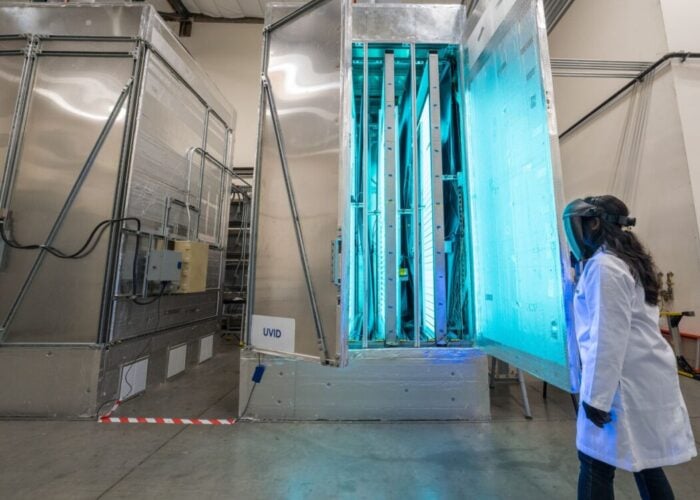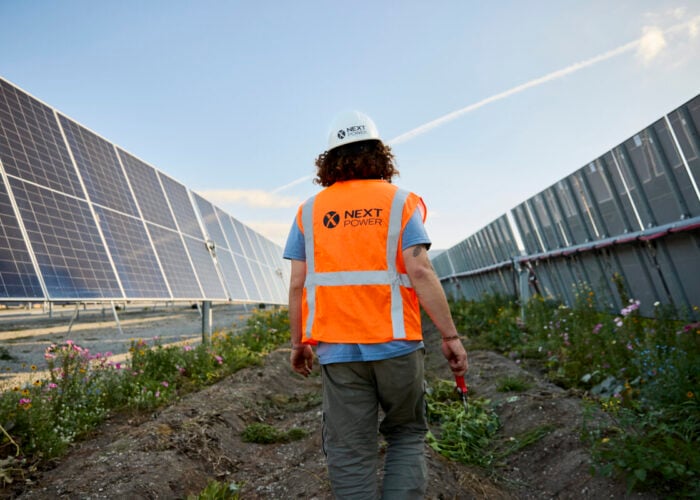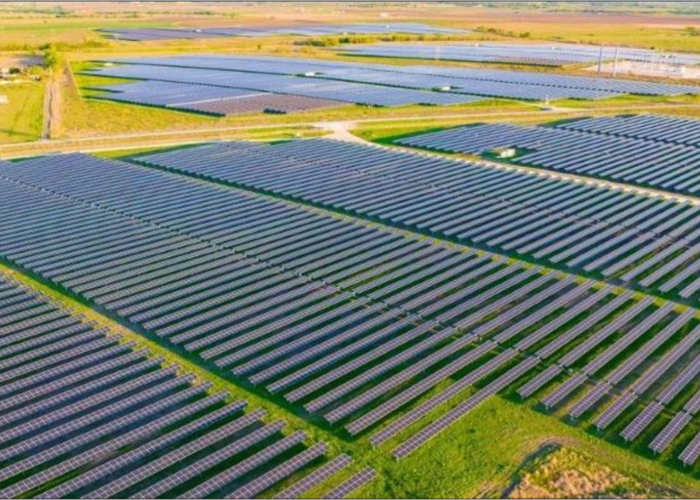In the last few years, solar has grown at an astounding rate. According to the Solar Energy Industries Association, roughly 6,500MW of solar photovoltaic (PV) was forecasted to come online in 2014, representing a growth rate of 36% over 2013’s record installation levels.
In the early days of the industry, solar stakeholders were largely focused on getting systems up and running, but now the industry is maturing, attention is shifting to how these systems are functioning, or asset management, which consists of the financial, commercial and administrative activities necessary to ensure that a system’s energy production translates into the maximum return on investment.
Try Premium for just $1
- Full premium access for the first month at only $1
- Converts to an annual rate after 30 days unless cancelled
- Cancel anytime during the trial period
Premium Benefits
- Expert industry analysis and interviews
- Digital access to PV Tech Power journal
- Exclusive event discounts
Or get the full Premium subscription right away
Or continue reading this article for free
Solar asset management is often divided into so-called ‘blue collar’ functions, which include operations and maintenance, designed to enhance system performance, warranty enforcement, parts management, mitigate risk and protect asset value; and ‘white collar’ or financial functions, including project accounting, energy production reporting, power purchase agreement (PPA) billing and management, tax filings and financial audits, regulatory and contractual compliance, bank facility management and partnership accounting and insurance processing.
The need to manage the nation’s growing portfolio of solar assets is accelerating demand for asset management services as owners and managers recognise the need to outsource asset management functions to entities with the experience and knowledge to achieve the best results. But in moving forward with a third-party asset management programme, it’s important for system owners and managers to choose a provider that can integrate physical and financial asset management services in order to maximise the return on their investments.
Currently, most solar system managers, who may include commercial and industrial project owners, utilities, banks, private equity firms and others involved in the day-to-day management of solar projects, manage projects in house or through the original project developer.
The problem is that few system owners and managers can perform all of these functions well for the simple reason that owning, operating and maintaining a solar system is not typically their core competency. Even third-party asset managers usually cover only one aspect of asset management, which, since all aspects of asset management are interrelated, can be a liability.
For instance, operations and management (O&M) companies may not have financial capabilities beyond basic accounting and reporting, while entities with financial expertise such as banks and private equity firms may rely on EPC contractors for physical asset management, yet neither solar asset management nor day-to-day operations of a system are specialties of EPC contractors. In the physical realm, unidentified failures and unaddressed problems can affect overall efficiency, leading to a decrease in production, while in the financial realm, the failure to meet regulatory, reporting and tax functions in a comprehensive and timely manner can also be a detriment to the bottom line.
The result is that many solar assets are undermanaged, with consequences including lost production and inefficiencies that are compounded with each unidentified or unaddressed issue. In addition, by combining physical and financial asset management, system owners and managers can take advantage of the synergies between the two to create additional opportunities and increase the revenue stream.
With more than eight years of experience in solar development and asset management, Nautilus Solar has experienced the advantages of integrated solar asset management that combines physical and financial asset management, leading to increased production, decreased O&M costs and increased revenue flow. Here are some examples of common asset management problems that Nautilus has encountered:
Underserviced assets
Many system owners and managers have O&M contracts that call for annual servicing, when in reality a system may require servicing more frequently. If weeds are covering the bottom of the panels of a ground-mounted system, for instance, the result can be a large loss in power generation; the same goes for panels covered with dust or pollen. In addition, over-confidence in a third-party O&M provider may not be extracting top performance from a solar system – indeed, that top performance may not even be a contractual requirement: O&M providers who have a contractual obligation to meet a performance threshold of 95%, for instance, may be leaving 5% of a system’s energy output on the table. Outsourcing physical asset management to a skilled provider who is monitoring production on a 24/7 basis can obviate these problems.
Lack of emergency preparedness
Weather events such as Superstorm Sandy and blizzards in the winter of 2013/2014 highlighted the need for emergency preparedness. A full-service asset management provider can ensure solar assets are protected from damage during the storm and that the electricity keeps flowing once the storm has passed. Many systems owners and managers do not have the expertise to undertake such tasks on their own.
Lack of financial staff
On the financial side, companies are often reluctant to invest in the experienced staff necessary to meet the sophisticated requirements of lenders. In addition to causing a raft of headaches, the failure to meet deadlines and compliance requirements can lead to a loan default or the unwillingness of the lender to engage in a follow-on deal. These are outcomes that owners and managers should seek to avoid.
Year-end audit requirements
This is a lengthy and expensive process requiring a special set of skills to manage the process with CPA firms, maintaining the books and ensuring compliance with other stakeholders, such as investors and government authorities. If not properly managed, a project may face costly financial remediation in the future.
These are only a few of the many ways in which combining physical and financial asset management can increase productivity and contribute to the bottom line. Perhaps the biggest benefit of a sophisticated solar asset management programme, however, is that it allows owners and managers whose expertise typically lies elsewhere – be it in private equity or in manufacturing at the factory that hosts their rooftop system – to spend their time doing what they do best, instead of handling the day-to-day problems associated with running a solar system.






